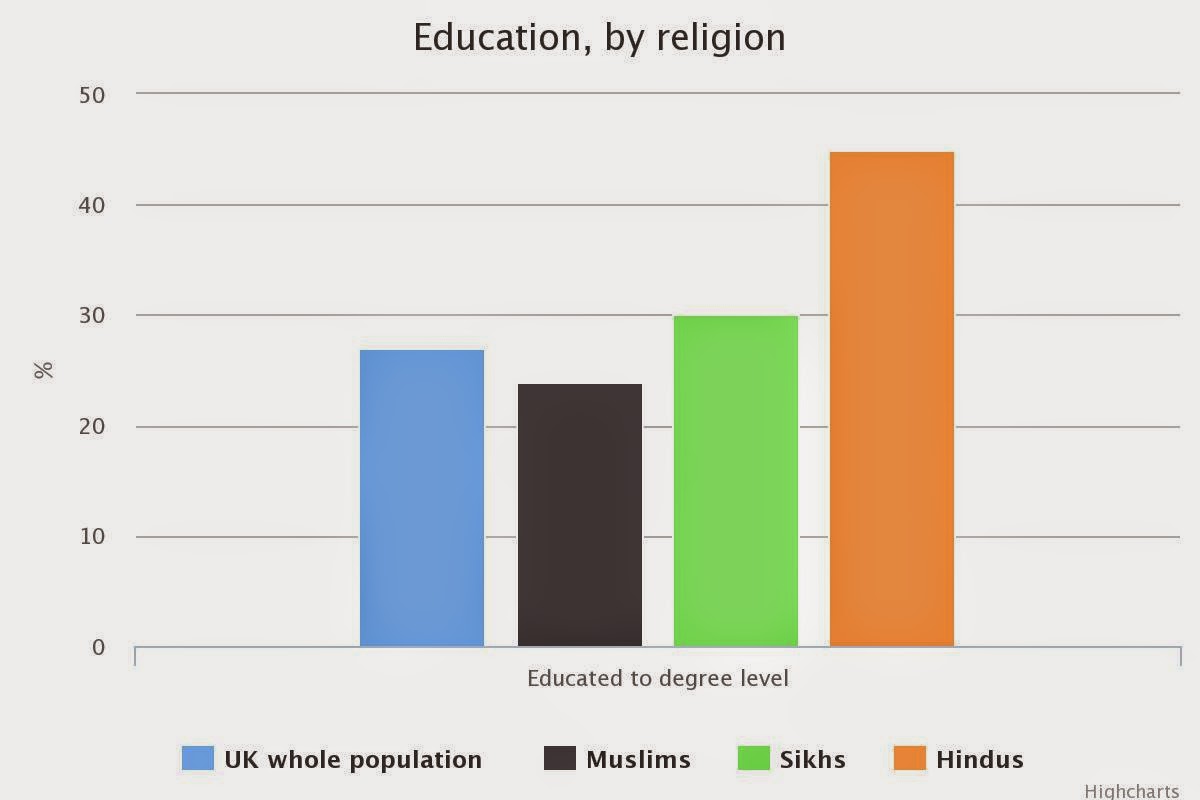Malaysia's Transport Ministry said Thursday that more plane parts have
washed up on the same remote French island as a wing part that is
believed -- with varying degrees of certainty -- to be from missing
Malaysia Airlines Flight MH370.
"The team told us they have managed to collect more debris on the island
and we have handed it over to the authorities in France," Malaysian
Transport Minister Liow Tiong Lai told reporters. "A plane window and
some aluminum foil ... there are many items."
French officials on Reunion and in Paris, however, haven't reported any new plane debris.
And
an Australian agency helping coordinate the search for the missing
airliner said Wednesday, the day before Malaysia announced the discovery
of new items, that there was no indication so far of any more aircraft
debris.
"A great deal of additional
material has been handed over to the police" on Reunion, Australia's
Joint Agency Coordination Centre said in a statement. "While this is
being examined, so far none of it appears to have come from an
aircraft."
The Australians are in
charge of the underwater search for Flight 370 in the eastern Indian
Ocean, thousands of miles from Reunion. Malaysia has overall
responsibility for the investigation into the loss of the plane.
Although
Malaysian Prime Minister Najib Razak announced that the wing part found
last week, which is called a flaperon, is certainly from MH370, other
officials have expressed more caution and say that more testing is
needed.
Families of those on board Malaysia Airlines flight MH370
have demanded an end to mixed messages in the investigation after
authorities in France, the US and Australia stopped short of confirming
Malaysia’s claim that a piece of plane wing found on the island of
Réunion last week came from the missing jet.
On Wednesday, Najib Razak, the Malaysian prime minister, said the
flaperon that washed up on the French territory in the Indian Ocean,
since transported to France for analysis, was from the doomed flight.
But his assertion has not been backed up by the other authorities
involved in the investigation, and the dissonant stances have infuriated
many relatives of those on board the plane, who have waited more than
500 days for concrete clues into the fates of their loved ones.
French officials on Reunion and in Paris, however, haven't reported any new plane debris.
And
an Australian agency helping coordinate the search for the missing
airliner said Wednesday, the day before Malaysia announced the discovery
of new items, that there was no indication so far of any more aircraft
debris.
"A great deal of additional
material has been handed over to the police" on Reunion, Australia's
Joint Agency Coordination Centre said in a statement. "While this is
being examined, so far none of it appears to have come from an
aircraft."
The Australians are in
charge of the underwater search for Flight 370 in the eastern Indian
Ocean, thousands of miles from Reunion. Malaysia has overall
responsibility for the investigation into the loss of the plane.
Although
Malaysian Prime Minister Najib Razak announced that the wing part found
last week, which is called a flaperon, is certainly from MH370, other
officials have expressed more caution and say that more testing is
needed.
Less
than an hour after the Prime Minister's statement, Paris Deputy
Prosecutor Serge Mackowiak used slightly less definitive language. He
said that there were "very strong presumptions" that the debris from
Reunion is from MH370, but that absolute certainty was not yet possible.
Malaysian
officials provided more details later Thursday of what makes them sure
it was from the missing jet, including a serial number that matches
technical records.
France said it would launch new air, land and sea searches from Réunion
on Friday in the hope of finding more wreckage from MH370, after Malaysia said a wing part found on the island came from the ill-fated flight.
The Boeing 777, carrying 239 people, disappeared on a flight from Kuala Lumpur, Malaysia, to Beijing on March 8, 2014.
Relatives Overview
China
is home to more than half of the people who were on the plane, and many
relatives called on the Chinese president, Xi Jinping, to help them in
their quest for justice.
“I
don’t believe it,” said Bao Lanfang, 63, whose son, daughter-in-law and
three-year-old grandchild were on MH370. “It has been 515 [days] – that
is enough time for them to have produced fake debris.”
Many of the Chinese relatives continue to cling to the hope that
their loved ones might be alive. In a statement, China’s foreign
ministry expressed “grief and sorrow for those on board” and sent
“profound sympathy and condolences to their families”.
"It's not the end," Jacquita Gonzales, wife of crew member Patrick
Gomes, told reporters. "Although they found something, you know, it's
not the end. They still need to find the whole plane and our spouses as
well. We still want them back.
Some families have long been skeptical and
disappointed by how Malaysian officials have handled looking for and
delivering news about the missing plane.
The Malaysian government has been wrong several times
before. On March 17, for example, Malaysian authorities publicly
confirmed the final words from the cockpit as "All right, good night."
The
innocuous bit of radio banter became yet another headache for
investigators when, after days of prodding from reporters and family
members, they released a transcript showing the final words were
actually, "Good night Malaysian three seven zero."























